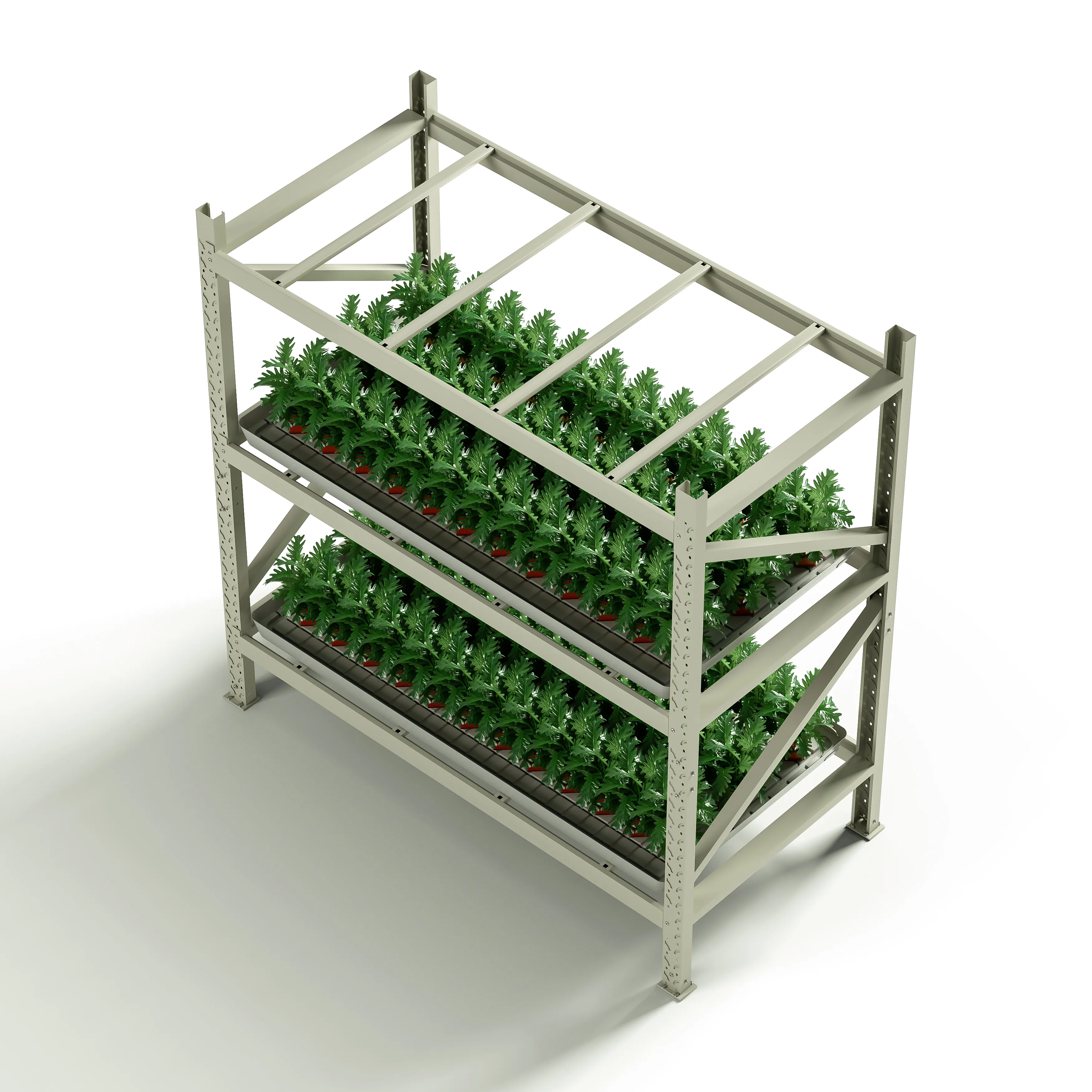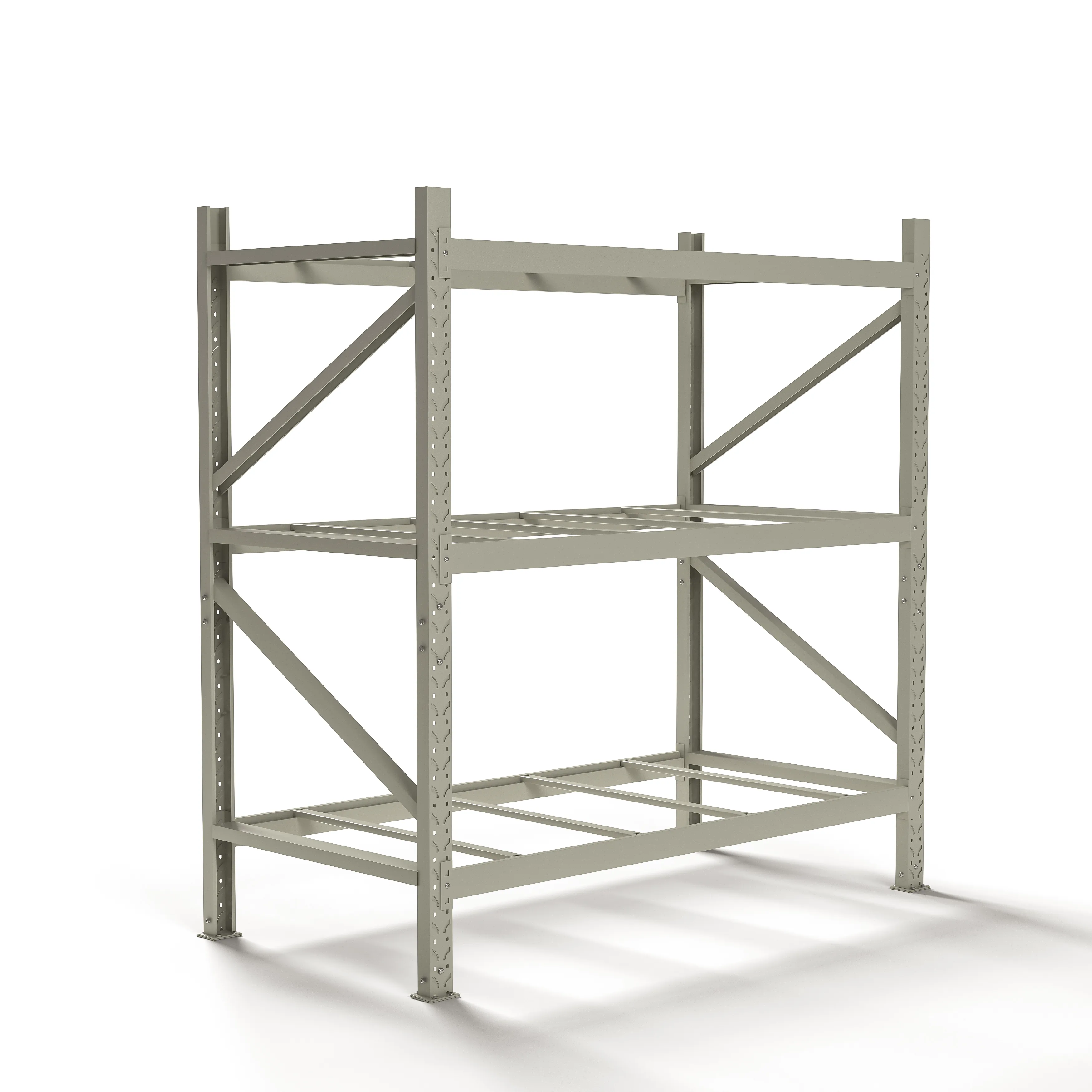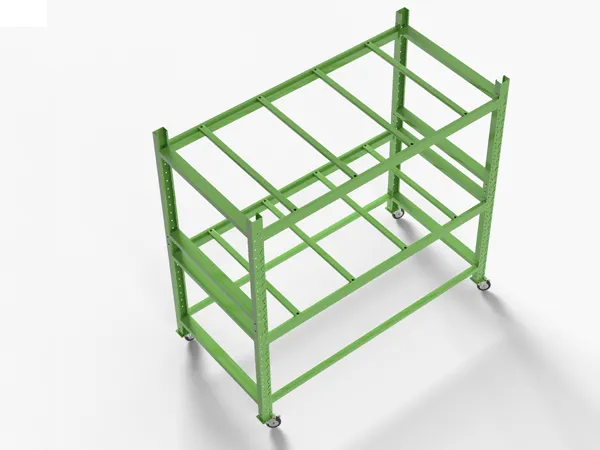Vertical growing systems are innovative agricultural methods that allow plants to be cultivated in a vertically stacked or tiered arrangement, maximizing space utilization and increasing crop yields. There are several types of vertical growing systems, each with its own design and benefits.

Vertical Tower Systems: Vertical tower systems consist of tall, freestanding structures with multiple levels of planting trays or containers stacked vertically. These systems often use hydroponic or aeroponic techniques, with nutrient-rich water or mist circulated to the plants' roots. Tower systems are well-suited for growing leafy greens, herbs, and small vegetables in indoor or urban settings.
Vertical Wall Systems: Vertical wall systems, also known as green walls or living walls, are vertical structures covered with plants arranged in a modular grid or panel system. Plants are typically grown in pockets or containers attached to the wall surface, with irrigation systems delivering water and nutrients to the roots. Vertical wall systems are commonly used for decorative purposes in indoor and outdoor spaces, as well as for urban agriculture and green building initiatives.

Vertical Rack Systems: Vertical rack systems consist of metal or wooden frames with adjustable shelves or trays for holding planting containers. These systems can be customized to fit the available space and crop requirements, with options for soil-based or hydroponic cultivation. Rack systems are versatile and can be used in a variety of settings, including commercial greenhouses, urban farms, and research facilities.
A-Frame Systems: A-frame systems are triangular-shaped structures with sloping sides that support multiple levels of planting beds or shelves. These systems are often used in outdoor settings, such as gardens, rooftop farms, or backyard spaces, to maximize sunlight exposure and facilitate drainage. A-frame systems are suitable for growing a wide range of crops, including fruits, vegetables, and flowers.

Hanging Basket Systems: Hanging basket systems involve suspending individual planting baskets or containers from overhead supports, such as wires or hooks. These systems are ideal for small-scale or ornamental gardening applications, allowing plants to cascade downward and create a lush, vertical display. Hanging basket systems are commonly used for flowering plants, trailing vines, and herbs in both indoor and outdoor settings.
Stacked Tray Systems: Stacked tray systems consist of modular trays or shelves stacked vertically to create multiple growing levels. Each tray typically contains planting media or substrates, with irrigation systems delivering water and nutrients as needed. Stacked tray systems are space-efficient and can be used for growing a wide range of crops, including microgreens, sprouts, and culinary herbs, in controlled environments such as grow rooms or vertical farms.
These are just a few examples of the diverse range of vertical growing systems available, each offering unique advantages in terms of space utilization, crop diversity, and environmental sustainability. The choice of system depends on factors such as available space, crop preferences, growing conditions, and budget considerations.